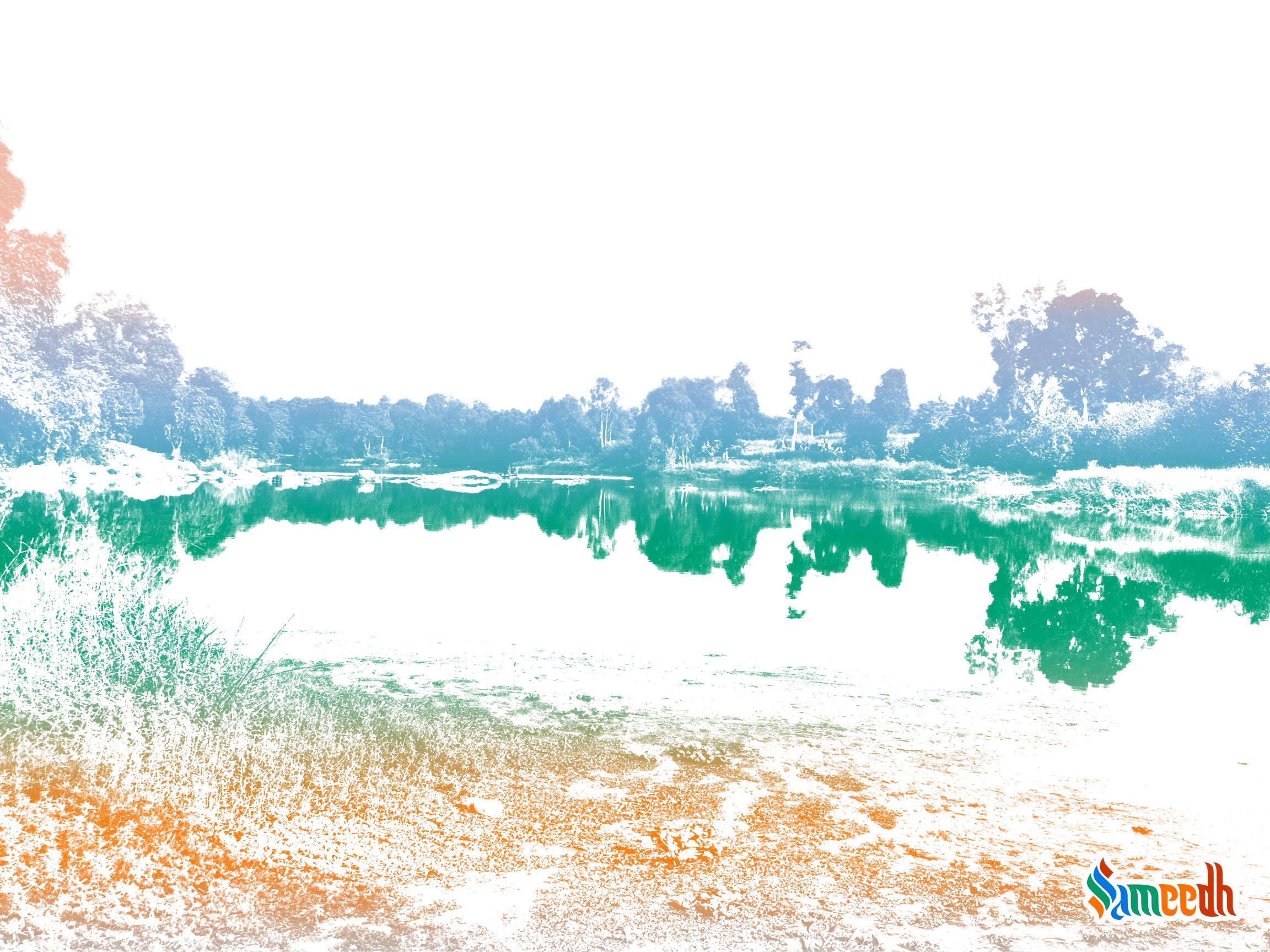Kaveri is yet another sacred river in Hindu belief system. Let us try and understand various references and the significance of this river.

Srirangapatnam, Karnataka, India Kaveri at Shrirangapatnam; Image Source: Ilya Mauter
DESCRIPTION
Kaveri is one of the major Indian rivers flowing through the states of Karnataka and Tamil Nadu. Kaveri rises at Talakaveri in the Brahmagiri range in the Western Ghats in the state of Karnataka. She is the third largest river – after Godavari and Krishna – in southern India, and the largest in the State of Tamil Nadu. A sacred river for the people of South India, she is worshipped as the Goddess ‘Kaveri Amma’. She is considered to be among the seven holy rivers of India.
LOCATION
The Kaveri River rises at Talakaveri in the Brahmagiri range in the Western Ghats, at an elevation of 1,341 m above sea level and flows for about 800 km before emptying into the Bay of Bengal. She reaches the sea in Poompuhar, in Mayiladuthurai district of Tamil Nadu. She is the third largest river – after Godavari and Krishna – in southern India, and the largest in the State of Tamil Nadu, which bisects the state into north and south. In ancient Tamil literature, the river was also referred as Ponni – the golden maid.
ETYMOLOGY OF THE NAME
The grammatical derivation of Kaveri is captured in line below in (Romanized) sanskrit:
‘kaṃ jalameva veraṃ śarīramiti kaveram, kaverasya iyam iti kāverī.’
THE LEGEND OF KAVERI
As per the ancient scriptures, Lord Brahma had a daughter called Vishnumaya and she really wished to serve the world. At the same time, Lord Vishnu had to transfigure himself as Mohini to kill a reckless demon. So, Lord Brahma decides to send Vishnumaya as Lopamudra to assist Mohini. After some days, a rishi named Kavera comes to Lord Brahma. His wish was to get an offspring and hence prays to Lord Brahma. Impressed by the rishi’s devotion, Brahma decides to give Lopamudra for adoption. Thus, Lopamudra becomes the daughter of Rishi Kavera and assumes the name ‘Kaveri’.
Once Sage Agastya sees Kaveri meditating on Brahmagiri Hill. Infatuated by her beauty, he asks her hand in marriage. Kaveri agrees to marry on one condition! If at any point in time Sage Agastya leaves her for a long time, she would escape from him. It so happens that, once the sage gets caught in a philosophical discussion, and forgets about Kaveri. As per the agreement, Kaveri transfigures into a river and flows to fulfil her wishes to serve the people.
Another version of the story says that one day Sage Agastya went to a lake for a bath and felt it was not safe for Kaveri to be alone in the ashram. Thus, he turns Kaveri into water and puts her in his Kamandal. As he enters the lake, he leaves the Kamandal on the bank. Lord Ganesh comes in the form of a crow and overturns the Kamandal, the water from it flows out and turns into a river and flows to fulfil her wishes to serve the people.
Another legend associated with Kaveri is about her ability to cleanse the holy Ganga. Millions of pilgrims take a holy dip into the Ganga to wash off their sins. Then Ganga flows underground and meets Kaveri, once every year to rid herself of those sins and cleanse herself. Another name for the river is ‘Marudvridha’, which means ‘Loved by the Maruts’. Thus, Kaveri is one of the seven sacred rivers along with the Ganga, Yamuna, Saraswati, Narmada, Godavari and Sindhu.
SIGNIFICANCE
The Kaveri is a sacred river to the people of South India and is worshipped as a Goddess. She is considered to be among the seven holy rivers of India. Being the third largest river – after Godavari and Krishna – in southern India, and the largest in the state of Tamil Nadu, its water is extensively used for agriculture in both states of Karnataka and Tamil Nadu.
KAVERI CRATER
Kaveri Crater is an area identified by scientists in India which appears to have been created by an asteroid impact that occurred around 800 to 550 million years ago. The area lying between Nilgiris and Kodaikanal is in the southern peninsular India. A study indicates that the Kaveri crater has a diameter of 120 kilometres. Because of the size of the crater, Kaveri crater can only be visualized through satellite images. The crater is the fourth largest crater in the world.
To know more about Hinduism, its Vedic belief system, vedic lifestyle practices, etc. or to replenish your requirements of vedic pooja samagri, or to learn vedic practice systems like yoga, pranayam, etc. please visit our website Sameedh.